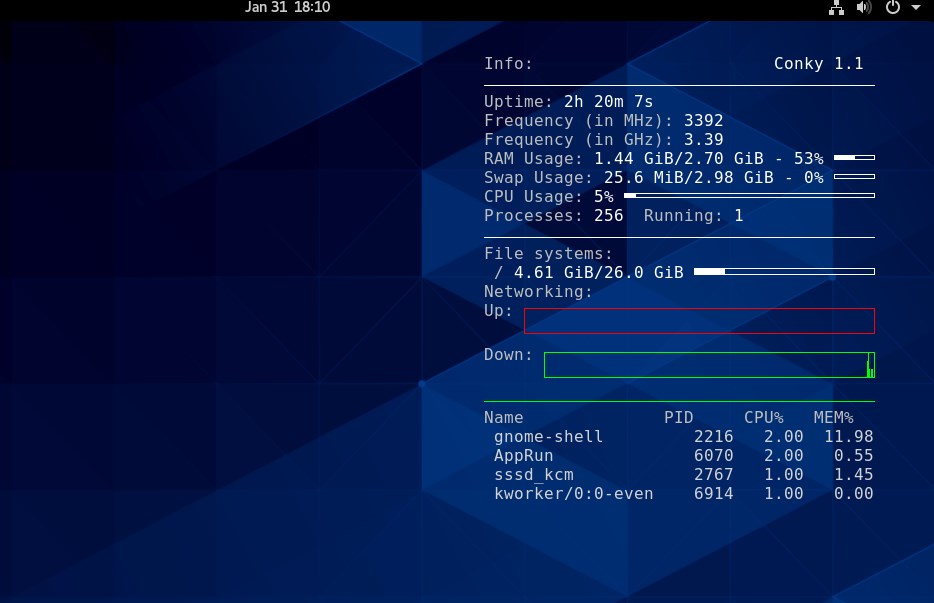

The tools we’re going to cover in this section are great for monitoring and analyzing processes that directly impact the performance of individual Linux systems (as opposed to networks), though some of them do have other uses as well. Command Line ToolsĮvery Linux user should be at least somewhat familiar with command-line tools and since you’re reading this article, we’ll just go ahead and assume that you already know your away around the Terminal. Without further ado, let’s start things off with one of the most well-known categories. We also went ahead and sorted them by category so feel free to jump ahead to the one you’re most interested in. We know that being a sysadmin is a difficult job that comes with great responsibility and that’s why we put together a comprehensive list of monitoring tools that will make that job a lot easier for you. That might sound a bit intimidating if you’re new to system administration but don’t worry because we’re here to help. If you’re responsible for a sizeable network of systems, on the other hand, you may need a veritable arsenal of tools to make sure that everything is running as smooth as silk. If you’re in charge of only one or two servers you can get away with using just a handful of monitoring tools to keep an eye on things.
#Linux system monitor install#
Some of the most important sysadmin tools are available right off the bat when you first install Linux and can be accessed via the Terminal while others come in the form of open-source software, custom scripts or third-party applications that need to be installed manually. But in order to make the most out of what Linux has to offer, you first need to know where you can find all these tools. A good system administrator can do wonders with the built-in monitoring tools that come with most Linux distributions.


 0 kommentar(er)
0 kommentar(er)
